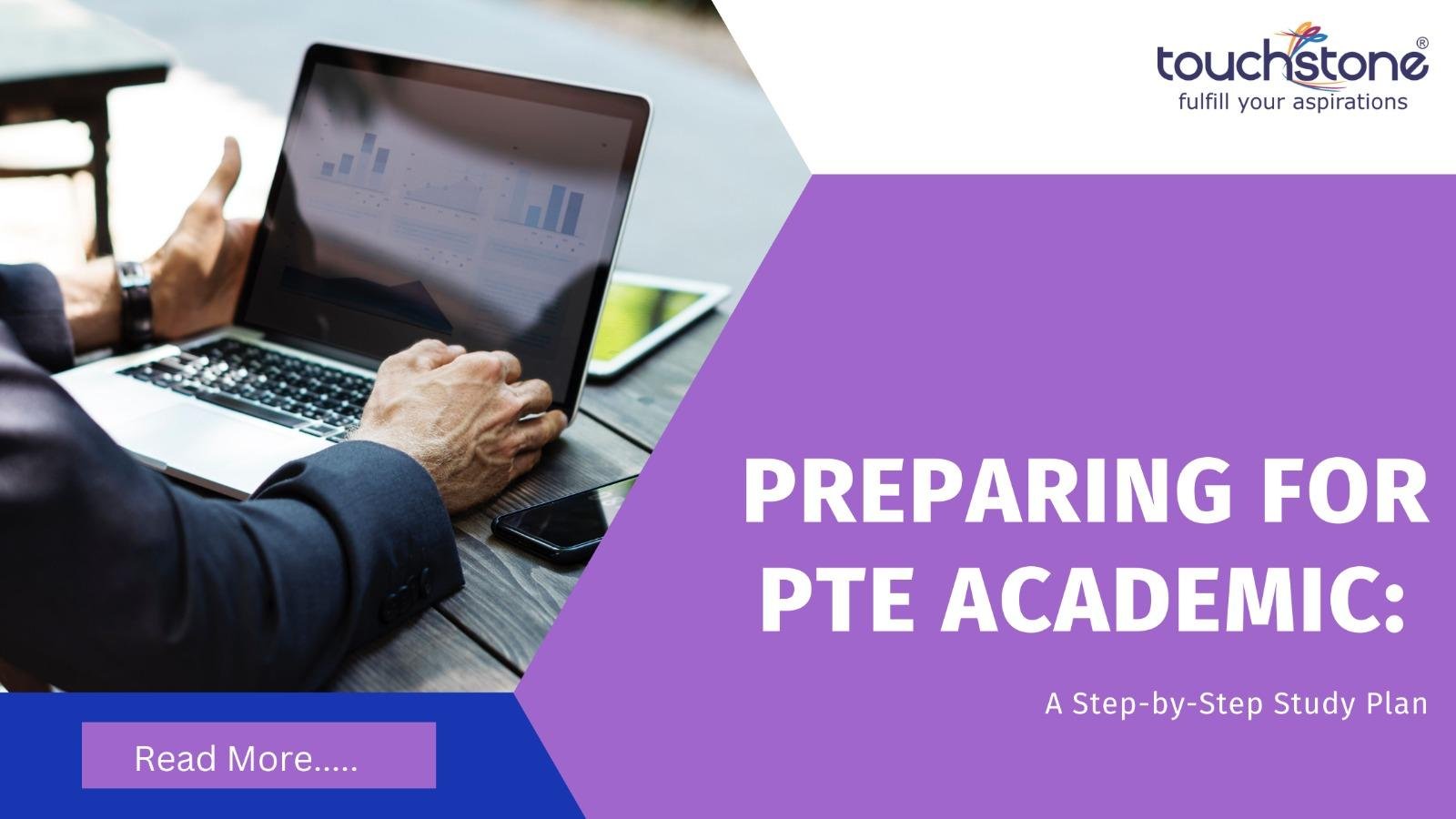Preparing for PTE Academic: A Step-by-Step Study Plan
Are you gearing up to take the PTE Academic—Pearson Test of English Academic? If the answer is yes, you’ve embarked on an endeavor with the potential to open up a world of opportunities, from study abroad programs to career growth. But success in the PTE requires not just language proficiency; it demands strategic preparation and a keen understanding of the test format. Here, I’ll guide you through a comprehensive plan for your PTE preparation, helping you tackle each section of the test with confidence.
The Importance of PTE Academic in English Language Proficiency Tests
With its growing reputation and global recognition, the PTE Academic is becoming a preferred choice for many institutions and government organizations due to its computer-based format and unbiased scoring system. Whether you need to take the PTE for immigration purposes or as part of your academic pathway, an efficient preparation plan is key to unlocking your potential.
Understanding the PTE Format: Sections and Question Types
The PTE Academic is structured into four main sections, each evaluating different language skills. These are Speaking and Writing, Listening, and Reading which are the exam incorporates realistic scenarios and academic content that test-takers are likely to encounter in an English-speaking environment.
Speaking & Writing
The speaking section includes various question formats, such as reading aloud, repeating sentence, describing image, and retelling lecture. Similarly, the writing module assesses your skills through essay writing and summarizing written and spoken text.
Listening
In the listening section, you will come across question types such as summarizing spoken text, multiple-choice questions, and highlighting the correct summary.
Reading
Reading also challenges examinees with multiple-choice questions, re-order paragraphs, and fill in the blanks with a single or multiple drop-down options.
Step-by-Step Study Plan for PTE Preparation
Assess Your Current Proficiency Level
Begin by taking a PTE practice test to determine your baseline score. Online practice tests often provide a good approximation of your expected performance, but remember that environmental factors can also influence the outcome. This assessment will not only give you an idea of your strength and weaknesses but also an insight into the test experience.
Set Realistic Goals and a Study Schedule
Based on your assessment, set achievable score goals for each section. Next, develop a study schedule that considers your daily commitments and optimal study times. It is crucial to be realistic about the time you can dedicate each day to avoid burnout and maintain consistency.
Choose the Right Study Materials and Resources
Armed with your proficiency level and study schedule, select a range of materials to support your learning. You might opt for PTE preparation books, online courses, coaching classes, or a combination of these. High-quality study materials will offer a deep understanding of the test structure and necessary language skills.
Strategies for Each Section: Speaking, Writing, Reading, and Listening
Familiarize yourself with the strategies tailored for each section. For instance, in the speaking section, pacing and fluency are key. In writing, clarity and coherence matter. Listening, concentration and note-taking can be game-changers. And when reading, effective skimming and scanning can save precious time.
Practice and Mock Tests
Practice is the bedrock of preparation, so integrate regular practice sessions for each section into your plan. Furthermore, simulate test conditions with timed mock tests. This will not only refine your skills but also build your test-taking endurance and time management.
Tips for Efficient and Effective Study for the PTE Academic
Regular Review and Incremental Learning
Cramming is counterproductive. Regularly reviewing topics and incremental learning are proven to enhance retention. Allocate time each week to revisit key grammar rules, vocabulary, and essay structures.
Keep a Test Journal
Maintain a journal to record your progress and noteworthy performances in practice tests. Use this journal to identify trends and strategize accordingly for improvement.
Learn from Your Mistakes
Instead of being disheartened by errors, view them as stepping stones to success. Analyze your mistakes, understand why you made them, and learn how to avoid similar pitfalls in the future.
Real Success Stories: How Proper Preparation Led to High PTE Scores
Cementing the importance of a structured study plan, real-life success stories can be incredibly motivating. Listen and learn from those who have achieved high scores, as their advice could contain the nuggets of wisdom that make a difference for you.
Conclusion: The Importance of a Well-Structured Study Plan and Continuous Improvement in PTE Preparation
Success in the PTE Academic is not just about knowing the English language; it’s about applying that knowledge strategically and methodically. A well-structured study plan coupled with continuous improvement and a positive mindset is the combination that will lead you to your desired score.





